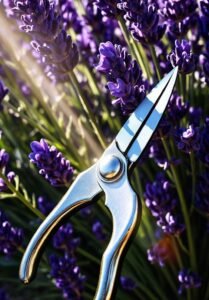Unleash the vibrant, breathtaking beauty of hibiscus flowers in your own garden—a sight that transforms any space into a tropical paradise. These stunning blooms, with their exquisite colors and delicate forms, are a gardener’s dream, but achieving truly luxurious hibiscus growth requires more than just a sunny spot. Many struggle to unlock the secrets to cultivating these captivating plants to their full potential, resulting in lackluster blooms and disappointing displays.
But what if I told you that achieving vibrant, show-stopping hibiscus is easier than you think? This article reveals nine essential secrets, gleaned from years of experience and horticultural expertise, that will guide you towards growing hibiscus that are not just healthy, but truly magnificent. Prepare to unlock the key to unlocking the full potential of these stunning plants, transforming your garden into an explosion of color and elegance.
Get ready to delve into the insider knowledge that separates the ordinary from the extraordinary. From mastering the art of soil selection to understanding the nuances of pruning and fertilization, these nine secrets will empower you to cultivate hibiscus blooms that are the envy of your neighborhood. Let’s begin uncovering the path to luxurious hibiscus growth!
Decoding Hibiscus Reproduction: Stamen and Pistil Secrets

Hibiscus flowers, renowned for their flamboyant blooms, demand attention to their reproductive anatomy for optimal growth. The stamen, a collection of pollen-bearing anthers, and the pistil, the female reproductive part, are crucial for successful seed production and overall plant health. Understanding their role aids in pollination strategies, whether through natural means like attracting pollinators or manual intervention. Observe the flower’s structure closely to note any abnormalities that might hinder its reproductive capacity. This detailed examination is key to luxurious hibiscus growth.
Regularly inspecting the stamen and pistil helps in identifying potential problems early on. For instance, if the anthers appear shriveled or the pistil shows signs of damage, it may indicate a nutrient deficiency or pest infestation. Addressing these issues promptly can save the flower and prevent the spread of problems to other parts of the hibiscus plant. By understanding the role of these reproductive parts, you can take targeted actions to improve the overall health and vibrancy of your hibiscus. This attention to detail ensures a more bountiful and vibrant bloom.
Moreover, understanding the timing of pollen release and stigma receptivity is essential for successful hibiscus cultivation. This knowledge informs decisions regarding pollination methods, whether through hand-pollination or relying on natural pollinators. Careful observation of the flower’s reproductive parts provides invaluable insights into its developmental stage and readiness for reproduction, ultimately contributing to a more rewarding cultivation experience and promoting lush growth.
Potting Perfection: Choosing the Ideal Hibiscus Home

Selecting the right pot is paramount for luxurious hibiscus growth. The pot’s size should be proportionate to the plant’s root system, allowing for ample space for root expansion without overcrowding. A terracotta pot is ideal as it promotes good drainage, preventing waterlogging, a common cause of root rot in hibiscus plants. The porosity of terracotta also allows for better aeration around the roots.
The pot’s material also influences the soil temperature and moisture retention. Terracotta pots, being porous, tend to dry out faster than plastic or ceramic pots, requiring more frequent watering. This characteristic necessitates a more attentive watering schedule, preventing both underwatering and overwatering. Always check the soil moisture before watering, ensuring the soil is slightly dry before adding more water.
Proper drainage is critical. Ensure that the pot has drainage holes to prevent water from accumulating at the bottom, leading to root rot. You can further enhance drainage by adding a layer of gravel or pebbles at the bottom of the pot before adding the soil. This improves aeration and prevents waterlogging, creating an optimal environment for root growth and overall plant health.
Soil Secrets: Nurturing Hibiscus Roots

Soil composition significantly impacts the luxurious growth of hibiscus plants. A well-draining, slightly acidic soil rich in organic matter is ideal. The soil should retain moisture but not become waterlogged. Amend heavy clay soils with organic materials like compost or peat moss to improve drainage and aeration. This ensures that the roots receive adequate oxygen for healthy growth.
The pH level of the soil is crucial. Hibiscus thrives in slightly acidic soil with a pH range of 6.0 to 6.5. You can test your soil’s pH using a soil testing kit available at most garden centers. Adjust the soil pH if necessary using lime to increase alkalinity or sulfur to decrease it. Regular soil testing is recommended to maintain the optimal pH level.
Incorporate organic matter, such as well-rotted compost or leaf mold, to enrich the soil with essential nutrients. Organic matter improves soil structure, drainage, and water retention, providing a healthy environment for root development. Avoid using fresh manure, which can burn the roots. Opt for well-decomposed compost to ensure optimal soil conditions.
The Art of Watering: Hydrating Your Hibiscus
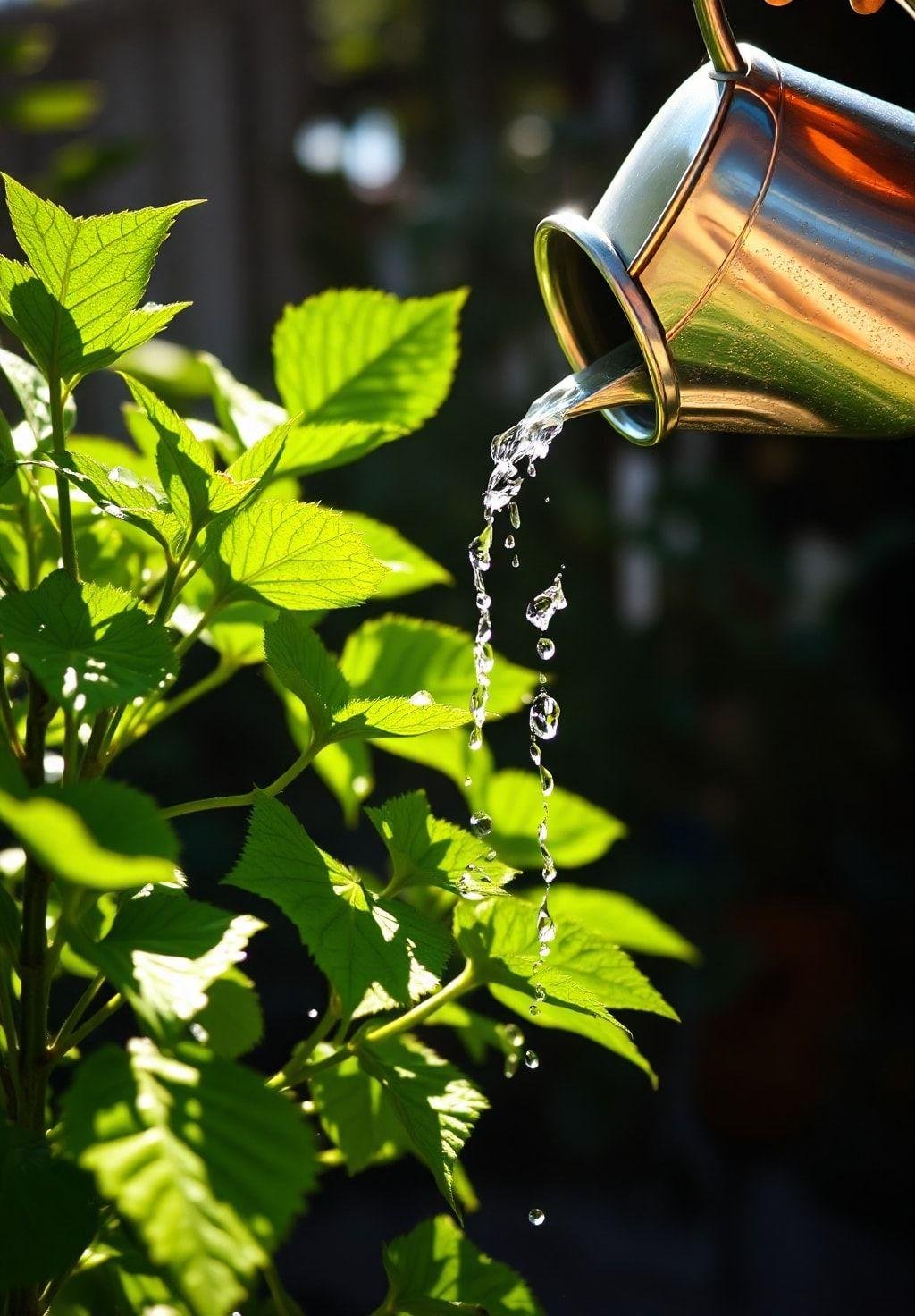
Watering hibiscus plants requires a delicate balance. Overwatering can lead to root rot, while underwatering can stress the plant and hinder its growth. The frequency of watering depends on several factors, including the climate, pot size, and soil type. It’s crucial to water deeply but infrequently, allowing the soil to dry slightly between waterings.
Always check the soil moisture before watering. Stick your finger about an inch into the soil; if it feels dry, it’s time to water. Water thoroughly until water drains from the drainage holes. Avoid letting the soil become completely dry, as this can stress the plant and affect blooming. Consistent moisture is key.
During hot and dry periods, you may need to water more frequently. In cooler months, reduce the watering frequency to prevent waterlogging. Observe your plant closely and adjust your watering schedule accordingly. Consistent monitoring and responsive watering are key to luxurious hibiscus growth.
Sunlight Symphony: Illuminating Hibiscus Growth
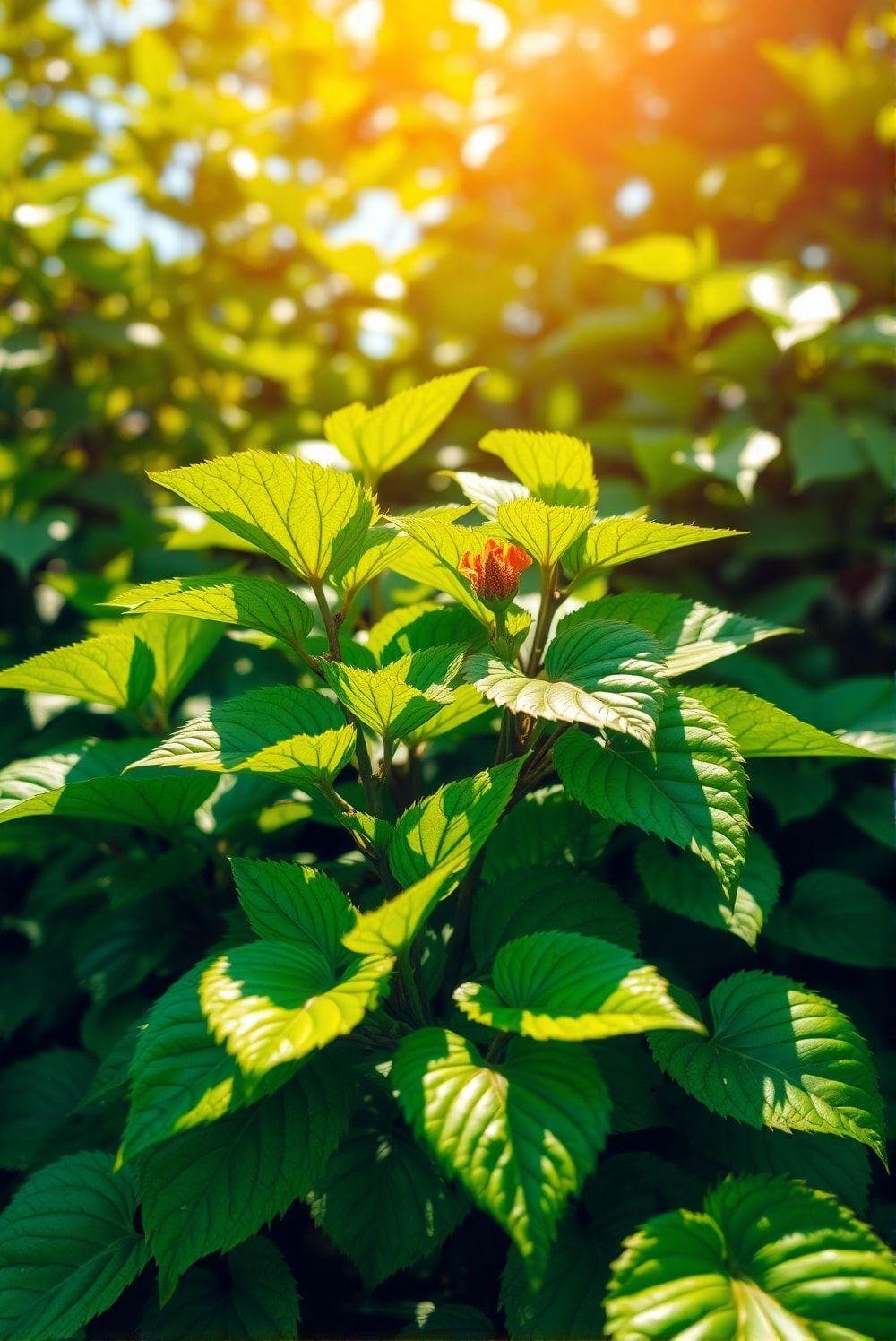
Hibiscus plants require adequate sunlight for optimal growth and flowering. Aim for at least six hours of direct sunlight per day. Choose a location in your garden or on your patio that receives ample sunlight. Insufficient sunlight can lead to leggy growth and reduced flowering. Observe your plant’s growth; if it appears leggy or pale, it may need more sunlight.
Sunlight intensity also affects flowering. Too much intense sunlight can scorch the leaves, while too little sunlight can hinder flowering. Consider using shade cloth during the hottest part of the day if your hibiscus receives excessive direct sunlight. Adjust the plant’s location as needed to optimize sunlight exposure.
The direction of sunlight is important as well. Hibiscus plants generally prefer morning sun, which is less intense than afternoon sun. Afternoon sun can be too harsh, especially in hot climates. If possible, place your hibiscus in a location that receives mostly morning sun and some afternoon shade.
Feeding Frenzy: Nourishing Your Hibiscus
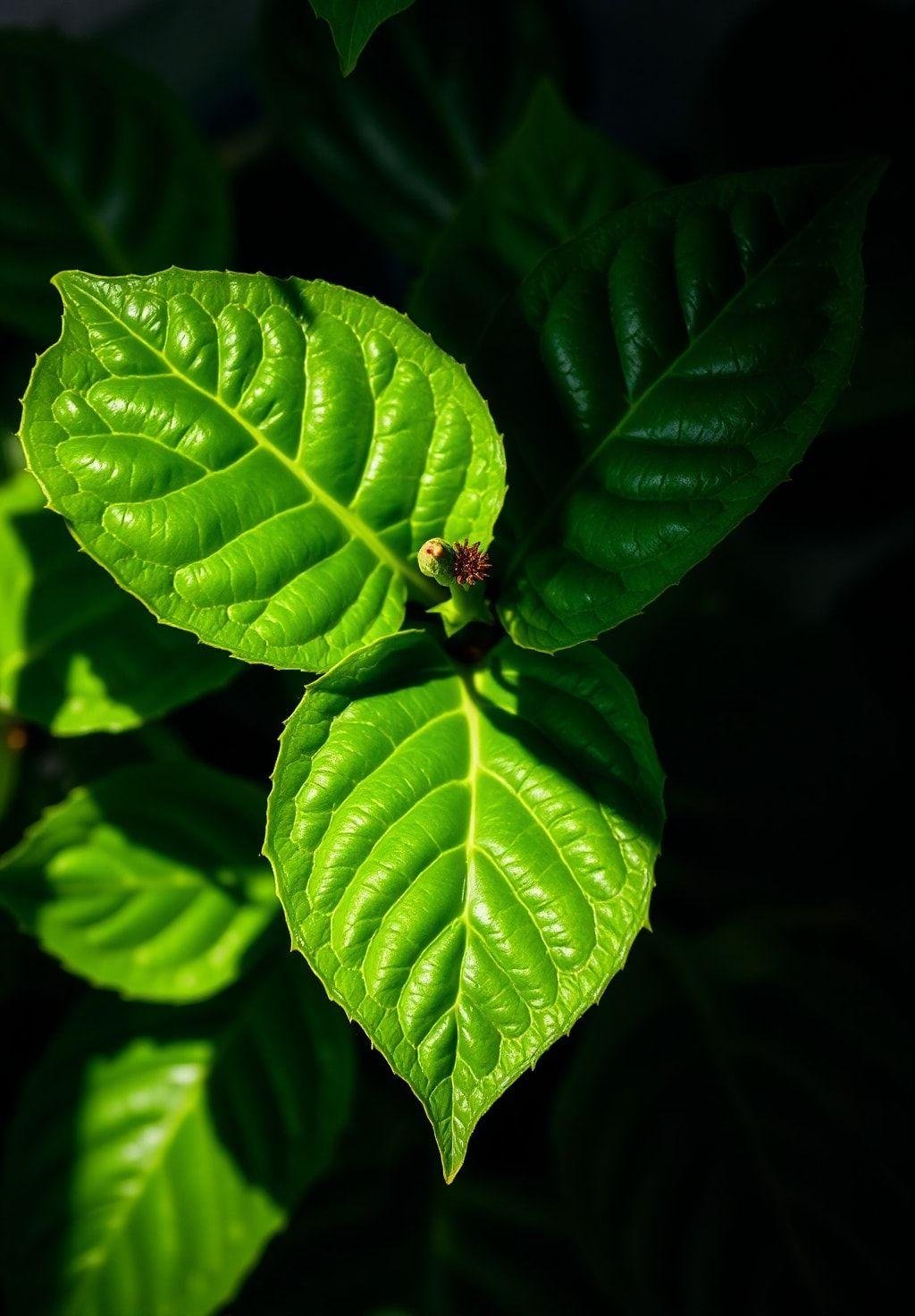
Fertilizing your hibiscus plant is crucial for promoting lush growth and abundant blooms. Use a balanced, slow-release fertilizer specifically formulated for flowering plants. Follow the instructions on the fertilizer packaging carefully, avoiding over-fertilizing, which can harm the plant. Consistent feeding is key for robust growth.
The frequency of fertilization depends on the type of fertilizer used and the plant’s growth stage. Generally, fertilize your hibiscus every 2-4 weeks during the growing season (spring and summer). Reduce fertilization frequency in the fall and winter months when the plant is dormant. Observe your plant’s growth and adjust the fertilization schedule accordingly.
The type of fertilizer is also important. Choose a fertilizer that is high in phosphorus to promote flowering. Avoid fertilizers that are high in nitrogen, as this can promote excessive leaf growth at the expense of flowers. A balanced fertilizer with a ratio such as 10-10-10 or 15-15-15 is a good starting point.
Pruning Power: Shaping Your Hibiscus
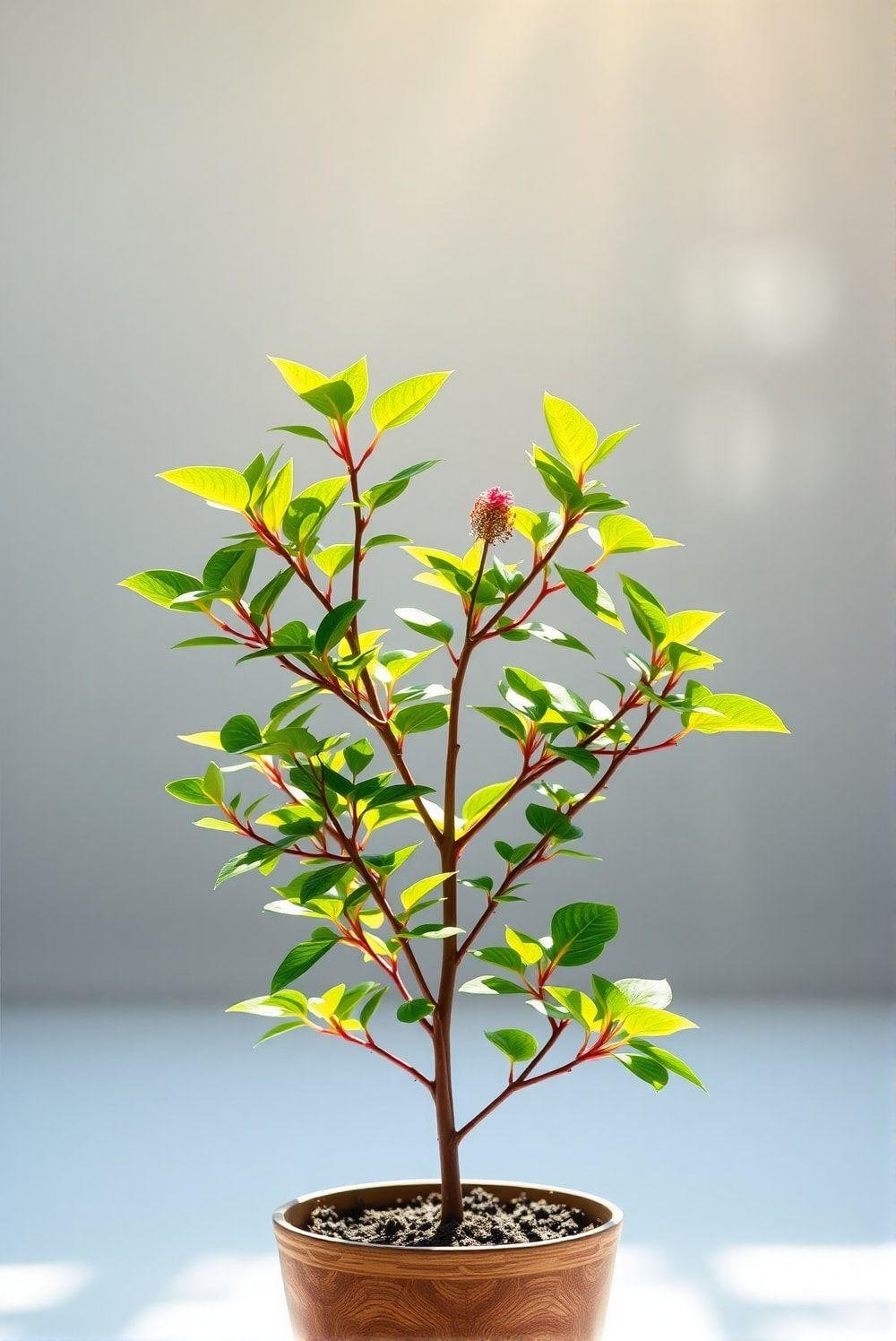
Pruning hibiscus plants helps maintain their shape, encourages bushier growth, and promotes more abundant flowering. Pruning should be done in late winter or early spring before new growth begins. Remove any dead, damaged, or diseased branches. Cut back leggy branches to encourage bushier growth and more flowers.
When pruning, use sharp, clean pruning shears to prevent the spread of diseases. Make clean cuts just above a node or bud, which is where new growth will emerge. Avoid making jagged or uneven cuts. Proper pruning techniques ensure that the plant heals properly and doesn’t become susceptible to diseases.
Regular pruning helps to maintain the overall health and appearance of your hibiscus plant. It encourages air circulation, preventing fungal diseases and pest infestations. By removing overcrowded branches, you allow more sunlight to reach the inner parts of the plant, promoting healthy growth and abundant blooms.
Budding Brilliance: Anticipating Hibiscus Blooms
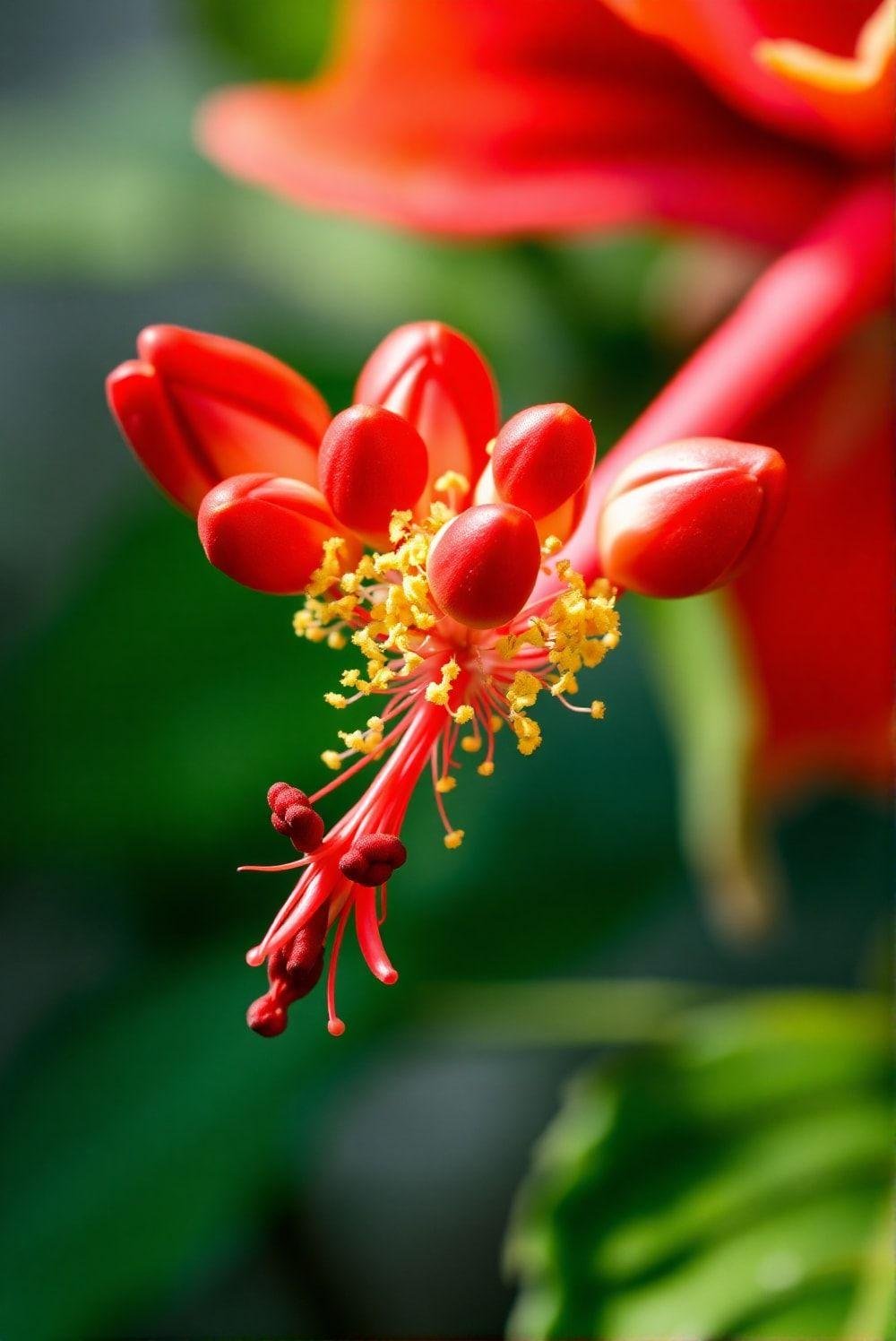
Monitoring the development of hibiscus buds is crucial for predicting bloom timing and ensuring optimal flowering. Healthy buds are firm, plump, and vibrant in color. Observe the buds regularly for any signs of problems, such as discoloration, wilting, or pest infestations. Early detection of problems allows for timely intervention.
The appearance of the buds is an indicator of the plant’s overall health. If the buds appear stunted or unhealthy, it may indicate a nutrient deficiency, watering issue, or pest infestation. Addressing these issues promptly can prevent the buds from failing to open or producing poor-quality blooms.
The number of buds developing also gives an indication of the upcoming flowering display. A plant with numerous healthy buds promises a bountiful bloom. Regular monitoring of bud development helps in predicting the timing and abundance of the upcoming flowering display, allowing you to plan accordingly and enjoy the show.
Pest and Disease Defense: Protecting Your Hibiscus
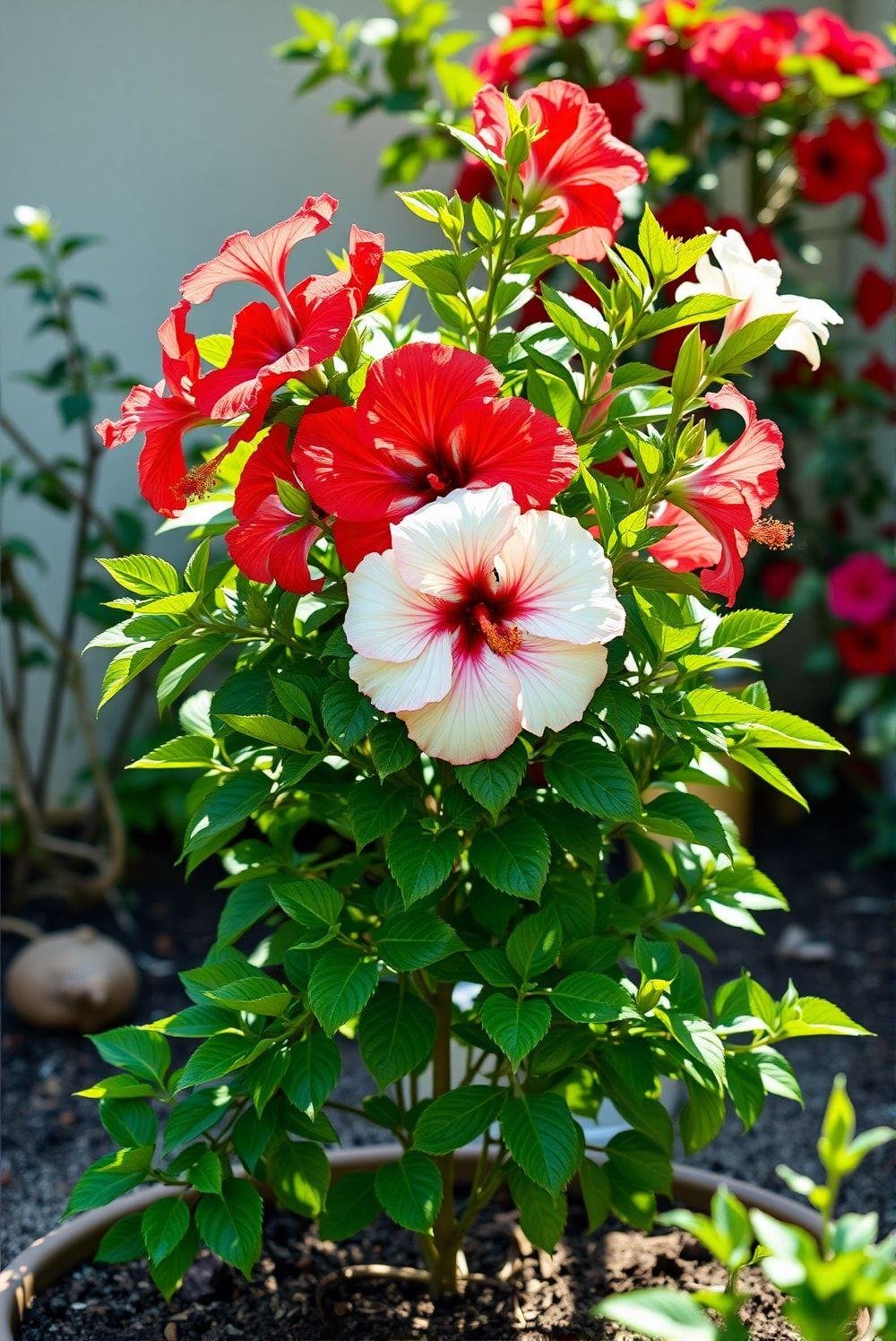
Pest and disease management is essential for maintaining the health and beauty of your hibiscus plants. Regularly inspect your plants for signs of pests or diseases. Common hibiscus pests include aphids, whiteflies, and spider mites. Common diseases include leaf spot, root rot, and fungal infections. Early detection is key for effective treatment.
Use appropriate pest control methods, such as insecticidal soap or neem oil for pest infestations. For diseases, ensure proper watering practices to prevent root rot. Remove and destroy affected leaves or branches to prevent the spread of disease. Maintaining a clean and healthy growing environment is crucial.
Preventing pest and disease problems is often easier than treating them. Practice good sanitation by removing fallen leaves and debris. Ensure adequate air circulation around your hibiscus plants. Healthy plants are less susceptible to pest and disease problems. A proactive approach to pest and disease management is essential for luxurious hibiscus growth.

